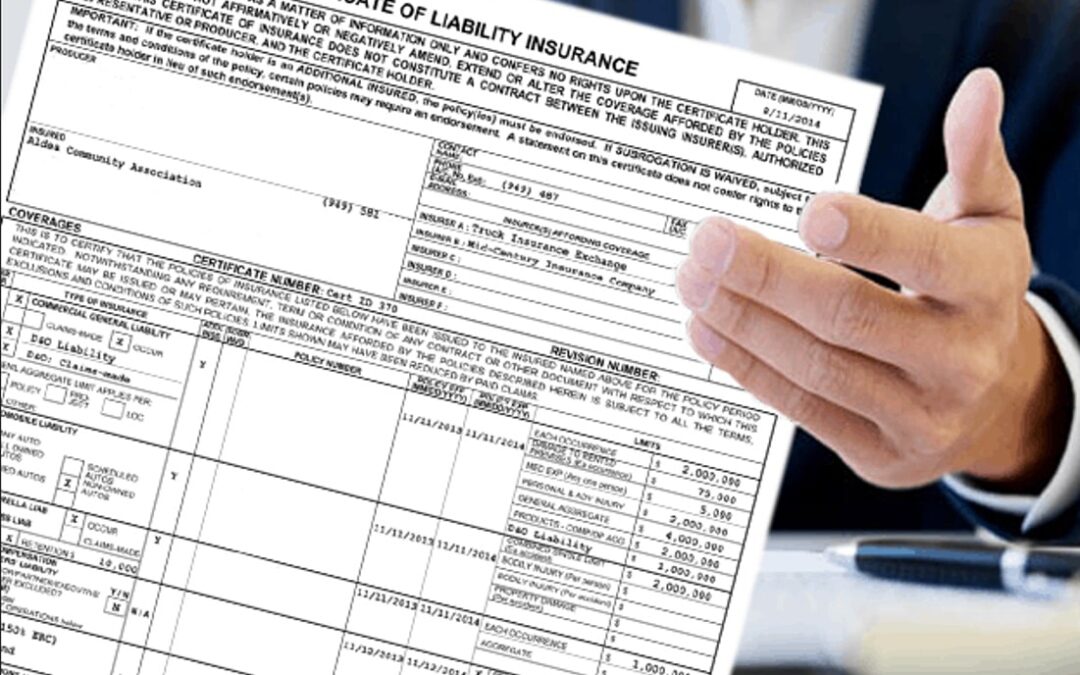Warmer weather and longer days in NYC means it’s time to clean away winter’s mess and usher in spring. Even if you’re not someone who enjoys cleaning, there are plenty of reasons to tidy up your apartment:
- Improved mood – there’s nothing quite like a clutter-free apartment with sparkling floors and countertops to reduce stress and make you more productive
- Better health – if you’re prone to allergies, a good spring cleaning can help improve your breathing as you’re getting rid of dust and pet dander and other allergens
- Light exercise – you don’t have to go to the gym to get a workout! A good clean can be a great way to get your body moving. Sure, it might not be the same as running on a treadmill for 30 minutes, but you can still reap the benefits as it will reduce your fatigue and increase your energy levels
- More space – every inch is important in tiny NYC apartments. A good spring cleaning also leads to decluttering and organization, which can free up some much needed space!
Depending on your level of tidiness already, spring cleaning could take a few hours to a few days. However, you’ll be happy you went through the trouble regardless of how long it takes. So if you’re ready to get into the spring mood, below are a few tips on how to tidy up your NYC apartment.
Organize Your Closet
You never know what temperature to expect during an NYC spring. One day it could be 80 degrees and the next it will drop down to the low 50s. As such, your closet situation might be a huge mess! And a messy closet can make your bedroom look cluttered. Take the time to go through your closet and organize. How you organize your closet depends on the size of your space, wardrobe, and the kind of life you lead.
The best way to declutter your pile is to start separating items into piles by items: shoes, outerwear, work, evening wear, etc. While you’re at it, set aside your winter clothes in a separate pile as you want to figure out a separate storage solution for these items. That might mean putting everything into a vacuum sealed bag or putting it in a storage unit.
Start going through all your clothes and separate them into ‘keep’, ‘donate’, and ‘toss’ piles. Be ruthless in your decisions and use the Marie Kondo’s method of decluttering by asking the questions:
- Do you love it?
- Do you wear it?
- Does it match the image you want to portray?
Donate any items that do not tick all the boxes if they are in good condition. If the clothes are damaged or stained, you might need to throw it out.
After the purge, it’s time to put things back in an easy way. Group like with like and place clothes in a way that makes sense to you. For example, you might want your work clothes in the front of the closet so you can easily access it in the morning.
Throw Out Old Mail, Magazines, and Newspapers
You’d be surprised how much mail you accumulate in just a few months even if you don’t actually mail anything out! Junk mail is still going strong and even 1-2 pieces of mail a day can add up to hundreds of loose paper in your apartment. Add to that any old magazines you might have, receipts, or newspapers you picked up and you end up with a lot of paper clutter.
Go through every room in your apartment and make sure to look in the corners of your room or under your bed for errant pieces of paper. Before you throw anything out, make sure you don’t actually need it. You don’t want to accidentally toss tax forms or a receipt for an expensive purchase you made a few days ago. Take your time and open every piece of mail unless it is obviously junk (like an offer from credit card companies). If you have sensitive information you no longer need, you will want to either shred it to avoid issues in the future. For newspapers and magazines, only keep the most recent issues. You can always donate old magazines to libraries if you don’t want to throw them out.
For all the paper items you plan on keeping, create a space for them. That could be folders, shelves, drawers, etc. The idea is to keep everything in one place so they are easy to find and access. Going forward, the best way to reduce paper clutter is to deal with it immediately so either throw out any junk mail when you receive it or file away important information in the appropriate location.
Dust Everything!
You’d be surprised how much dust can accumulate in your apartment. Keeping your NYC apartment dust-free is essential to spring cleaning especially if you suffer from allergies and/or asthma.
Dusting might sound easy, but there are some tricks you should follow to ensure you make the most of your time:
- Dust from top to bottom – start with your ceiling, light fixtures, etc. and then move down to lower surfaces. This way, you won’t have to re-dust areas since no dust or debris will fall down on already cleaned surfaces
- Use a microfiber cloth or duster with electrostatic charge – this will help trap and remove dust more effectively than paper towels
- Pay close attention to vents, baseboards, and electronics – these areas tend to accumulate a lot of dust and are commonly overlooked. Use a brush or compressed air for vents and electronics and a damp microfiber cloth for baseboards.
- Replace air filters – if you have portable air filters, take the entire filter out and vacuum the dust. You can also hand wash the mesh filters to remove all dust and allergens. Do the same for your air conditioner units.
Vacuum Every Room (and Your Bed!!)
Hopefully you vacuum more than once or twice a year. Not only does it help remove dust from your apartment, it also gets rid of dirt, food particles, and other debris. Before you start vacuuming the rooms, your first step is to remove as much clutter from the floor as possible. That means picking up any small items such as toys, paper, shoes, weights, etc. that can prevent you from getting every square inch of visible floor space. Make sure you also clean out the vacuum of any leftover debris from your previous cleaning.
If you’re in the market for a new vacuum, consider purchasing one with a HEPA filter to trap and remove any allergens and particles that are present in your apartment’s air. This can make a huge difference to your quality of life!
Since this is a deeper clean than your standard vacuum, take your time. Those various attachments your vacuum comes with aren’t just for show. The narrow, thin attachment is meant to clean tight spaces such as corners and edges of your room. The wide tool is meant for upholstery, carpets, and rugs. And the brush attachment is meant for tile floors like your kitchen and bathroom. If you’ve never used these attachments before, you’d be surprised at how much cleaner your house will be just by using these correctly.
If your vacuum is powerful enough, use it on your mattress or get a separate mattress vacuum. It might seem unnecessary, but your mattress accumulates dust mites, dead skin cells, and other allergens. Since you’re spending 8+ hours on your bed, you want to make it as clean as possible. That means vacuuming! Use the upholstery attachment to remove along the entire surface of the mattress and pay special attention to the seams and edges. Use the highest suction possible to remove as much as possible.
And don’t forget to empty the bin or bag regularly to maintain suction and prevent the debris from getting back into the air.
Mop Your Floors
Now that your floors are nicely vacuumed, it’s time for the final deep cleaning – mopping. You don’t need to get down on your hands and knees to scrub, but you do want to make sure you’re removing dirt, grime, and other stains that might have accumulated over the winter months.
In order to ensure the best clean, you will want to use the best cleaner for your floor. For hardwood floors, you want to avoid using excess water or harsh cleaning solutions as these can damage the surface. Look on the label of the cleaning solution to see if it is suitable for hardwood or laminate floors. From there, follow the directions on the bottle to make sure you get the correct ratio of cleaner to water. For the kitchen and bathroom, you can simply clean the tile floors with mild detergent and warm water. You can even use the same solution on any tile surface!
Finally, make sure to use proper mopping technique. Always wring out as much excess water from the mop or rag as possible. Use a figure-eight motion to mop the floor and work in small sections, overlapping each pass a bit to ensure thorough cleaning. After you complete each section, rinse the mop or cloth thoroughly to avoid spreading dirt.
Enjoy Spring Cleaning
This is just the tip of the iceberg when it comes to spring cleaning! It’s up to you to take stock of your apartment and figure out what needs work. And, if you’re also moving out in the spring, it’s the perfect opportunity to start figuring out exactly what items you want to bring with you to your new home. Either way, you get a cleaner apartment.
If you’re planning on moving, make sure to call trusted NYC movers to help get your stuff from point A to point B with ease.
FAQ
What if my spring cleaning means getting rid of old furniture. How do I get rid of it?
NYC offers free curbside removal of bulk items from residential buildings. However, you are limited to 6 total items. Place the items outside between 6pm-midnight the day before you regular collection day.
What storage options are there for my winter clothes and items?
If you are just storing clothes, you can get away with a relatively small storage unit. These can cost as little as $20/month! If you have a lot of designer clothes, you might want to go with a specialty clothing storage company. You can also ask your dry cleaners a some offer seasonal clothing storage solutions!
Do I need to do a similar deep cleaning if I’m moving?
Yes, and then some! You want to make sure you get your security deposit so it’s in your best interest to clean everything well. You can also hire cleaning services to really get those tough to clean stains.






